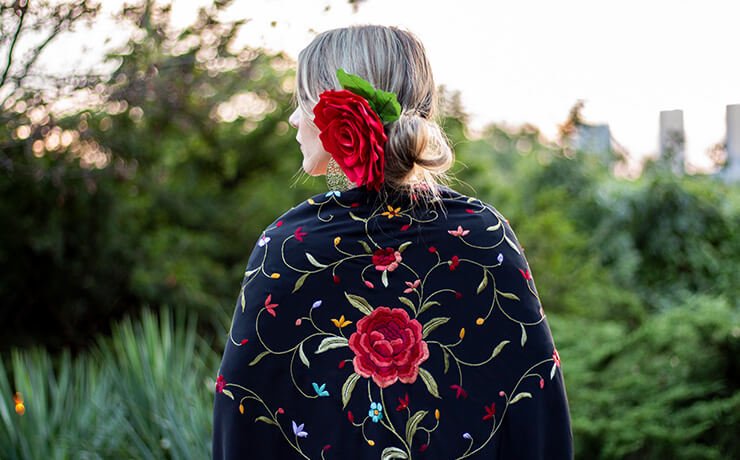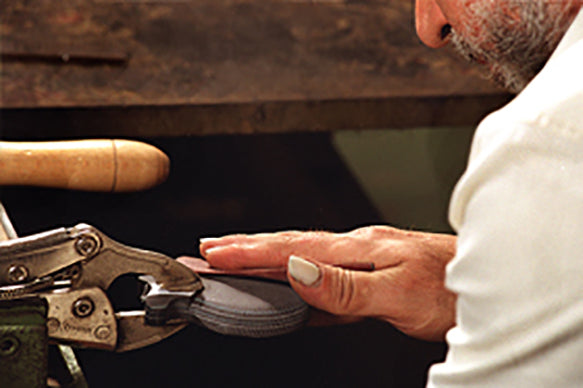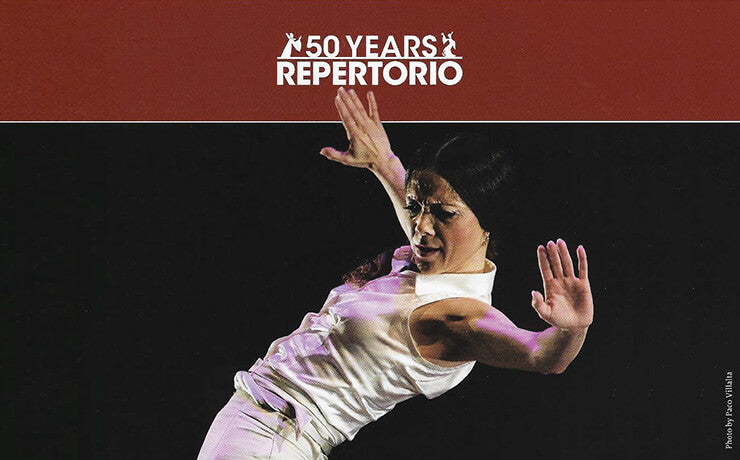
What is Manton de Manila?
The Manila Shawl (Manton de Manila) is a large handkerchief with fringe at the end, which is usually folded diagonally and worn over the shoulders and arms as a coat or adornment.
The Manila Shawl (Manton de Manila) is made with natural silk and is usually embroidered with bright colors. The most special thing about the Manila Shawl is that it is hand embroidered. Women use the shawls for dressing up and going to parties, but especially to dance Flamenco.
Sara Baras is one of the best flamenco dancers in Spain and she is expert in twirling their Manton during her dance, and one of the most popular singers of this genre is Isabel Pantoja, and she has a great variety of beautiful shawls (Manton de Manila).
Find the Authentic Handmade Spanish silk Manton Shawl Hand Embroidered for Dance at oleoleflamenco.com
The Origins of the Manila Shawl
The Manila shawls, as we know it today, is a feminine clothing accessory linked to the Spanish craftsmanship. Its own resignation refers to its place of origin: the city of Manila, the capital of the old Spanish Philippine colony.
Many of the traditions we consider to be genuinely Spanish, truthfully are not, or at least not originally. The interesting part about this phenomenon is when we analyze the procedure through which certain elements, at first foreign to our traditions, have become incorporated, undergoing the necessary changes to adapt to the receiving culture.
All procedures of cultural incorporation, means some modification of the original model will be carried out to different degrees. The Manila shawl suffered this modification by which we can confirm it as a Spanish tradition, regardless its origins. Up until they began to be made in Spain, the introduction of this product into our country was due to the commerce that Spain maintained with America during the colonial era. The shawls were imported towards the end of the 18 century, becoming popular in the 19 century. Their name came from the final destination of the Spanish fleet in Manila.
The commercial success of this product determined the creation of various centres of embroidery all over the country, among which excelled those made in the of Cantón, which had been a prosperous commercial centre since the 18 century, and from where they were also exported.
The first embroideries in silk were not done on shawls, but on books, carpets, banners and flags, and appearing after on dresses, bedspreads, cushions and other goods of household decoration. Embroideries on a garment similar to the shawl did not appear until the 12 century, when the women of high class started using these types of shawls.

Apparently it was not a common item of dress in China, because it did not match well with the women´s traditional outfit, so it soon came into disuse. On the other hand the Chinese continued making them with the only aim of exporting them abroad. The Chinese production of silk embroideries came in three forms: smooth silk in bright colours, embroidered silk and parts of dresses also embroidered. The Chinese embroideries were highly appreciated, not only for there fine and delicate finishing but also for there beautiful combination of colour, something for which the Spanish and Mexican high society and Court were highly enthusiastic about. They arrived at these places even as decorations for masculine clothing, like in dress coats, waistcoats and linings, whereas for the women they were used on dresses, stoles, and handkerchieves, undoubtedly predecessors of the shawl.





1 comment
The last part, you failed to mention that it was made in silk mainly because the Philippines ad the Chinese have bee trading with each other way before the Colonial Era began. So it is not hard to imagine that the shawls that were originally made in Philippines used silk because the oldest Chinatown in the world is found in the heart of Manila, hence the availability of silk locally.
k
Leave a comment
This site is protected by hCaptcha and the hCaptcha Privacy Policy and Terms of Service apply.